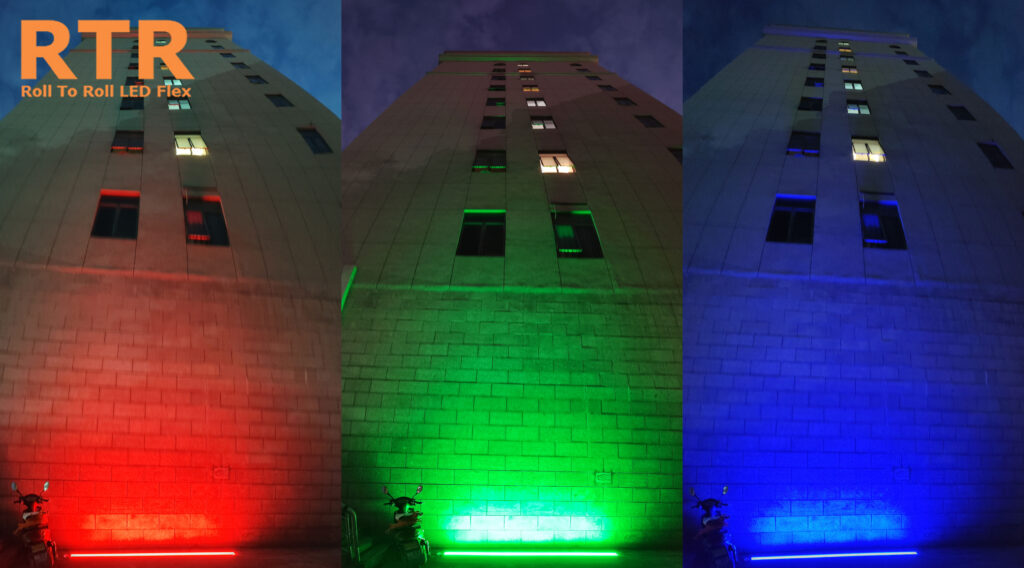A narrow beam angle wall washer light is a specialized lighting fixture designed to illuminate vertical surfaces, such as walls or columns. These lights typically have a beam angle of less than 25 degrees, which allows them to focus their light output on a narrow area. The irradiation distance of a narrow beam angle wall washer light refers to the maximum distance at which the light can effectively illuminate a surface.

There are several factors that can affect the irradiation distance of a narrow beam angle wall washer light. These include:
1. Light source:
The type of light source used in a wall washer light can have a significant impact on its irradiation distance. LED lights, for example, are known for their high efficiency and brightness, which can allow them to illuminate surfaces from a greater distance than other types of lights.
2. Wattage:
Wattage: The wattage of a wall washer light can also affect its irradiation distance. Lights with higher wattages typically have more powerful beams and can illuminate surfaces from greater distances.
3. Beam angle:
As previously mentioned, the beam angle of a wall washer light can also affect its irradiation distance. Narrow beam angles allow for more focused illumination, which can increase the distance at which the light can effectively illuminate a surface.

3. Mounting height:
The height at which a wall wash light is mounted can also impact its irradiation distance. Lights that are mounted at higher heights will generally have a greater irradiation distance than those mounted at lower heights.
4. Reflectivity of the surface:
The reflectivity of the surface being illuminated can also impact the irradiation distance of a wall washer light. Surfaces with high reflectivity will reflect more light back towards the light source, which can increase the distance at which the surface can be effectively illuminated.
5. Color temperature:
The color temperature of the light source used in a wall washer light can also affect its irradiation distance. Lights with cooler color temperatures, such as those in the 5000K-6000K range, tend to be more effective at illuminating surfaces at greater distances.
6. Ambient light levels:
The ambient light levels in the surrounding environment can also affect the irradiation distance of a wall wash light. If the ambient light levels are too high, the light output from the wall washer light may be less visible and effective.
7. Optics:
The optics of the wall washer light can also affect its irradiation distance. Some wall wash lights use optics such as lenses or reflectors to focus and direct the light output, which can increase the irradiation distance.
8. Control system:
The control system used in a wall washer light can also affect its irradiation distance. Some wall washer lights have built-in dimming or color-changing capabilities, which can impact the overall output and irradiation distance of the light.
In summary, the irradiation distance of a narrow beam angle wall washer light is impacted by a variety of factors. These include the type of light source used, the wattage of the light, the beam angle, the mounting height, the reflectivity of the surface being illuminated, the color temperature of the light source, the ambient light levels in the surrounding environment, the optics used, and the control system. By considering these factors, designers and lighting professionals can select the appropriate wall wash light for their specific needs and ensure that it is mounted and aimed correctly to achieve maximum irradiation distance.
